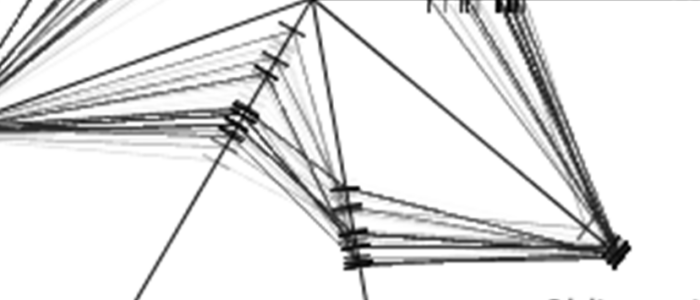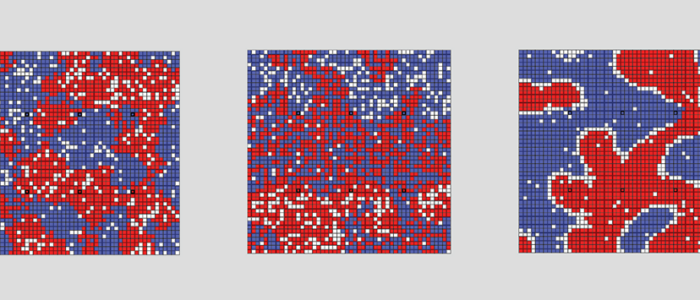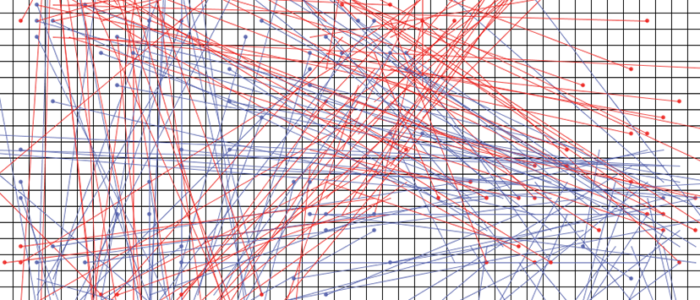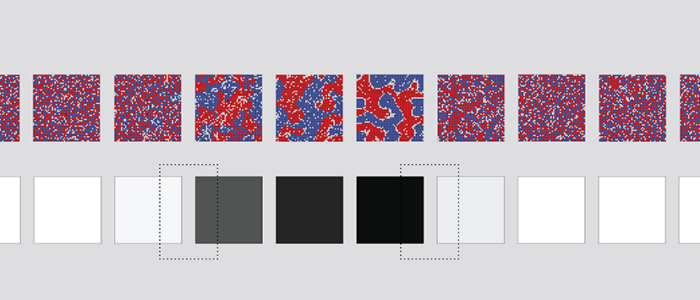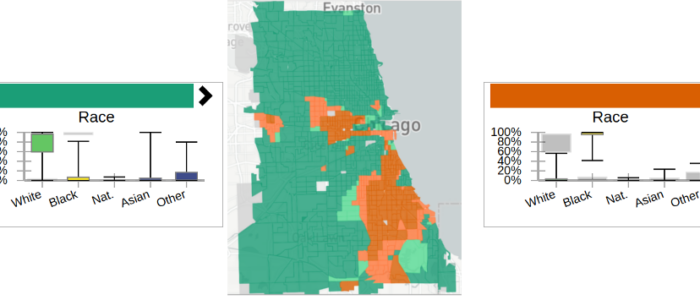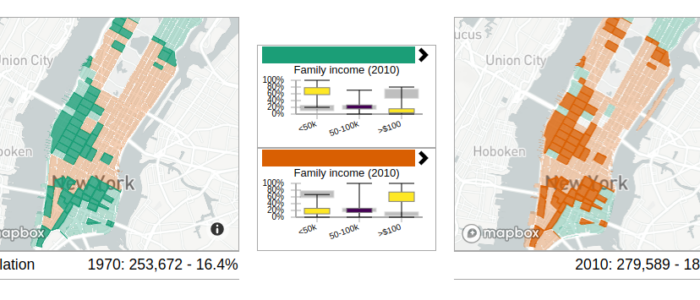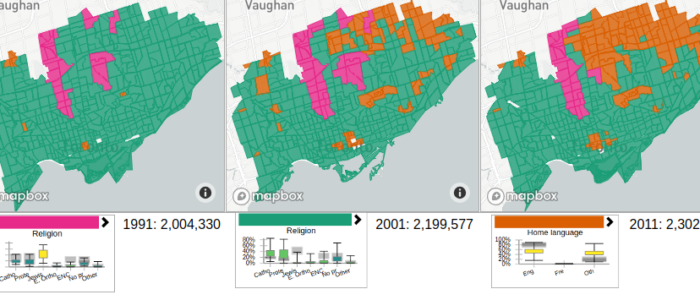About the project
Inspired by the Human Genome Project, the Urban Genome Project (UGP) is a multi-disciplinary effort to develop a science of cities. How and why do cities emerge, coalesce, transform, and dissolve? What are the underlying recipes or routines that produce both their common structures and their local distinctness? To pursue these questions, we adapt core evolutionary concepts in which life itself is an experimental learning process. In this view, cities too are complex overlapping experiments in creating environments that sustain intense and dynamic possibilities for interaction. Our goal is to characterize these experiments, understand how they turn out, and to help cities themselves to learn from the results.
Because cities are extremely complex, this is an extremely challenging problem – a “wicked” problem in fact. They are systems upon systems, which are open-ended and interactive. To make sense of this complexity, we pose a number of fundamental questions:
- What are the fundamental components of city systems? For example:
- Hard: land use, transportation, water, …
- Soft: communication, economic, cultural, education, …
- How do these components combine to form viable wholes?
- What species of cities exist? How do they differ?
- How do cities evolve?
- Urban genealogies and lineages. Where do cities distinctive features and forms come from?
- Urban adaptation and selection. How do urban forms adapt to local circumstances?
- What does the future of cities look like?
We pursue these questions through several research projects. They fall broadly into four main groups.
- Building a fundamental theory of the urban genome. The model aims to unify multiple domains that are usually pursued separately — physical infrastructure, socio-economic groups, activity concentrations, communication systems, resources.
- Quantitative analysis of large urban datasets. These studies seek to characterize distinctive urban ecologies, lineages, adaptations, and trajectories, and to understand their impacts on diverse forms of behaviour.
- Qualitative case studies. These are close investigations of specific urban features, often with a view to understanding the mechanisms through which they are reproduced, transformed, and spread.
- Computer simulation models. We develop artificial environments in which we examine generative processes and rules that produce and transform characteristic urban formations. These allow us to observe how cities emerge and evolve under a range of scenarios.
The research team is united by an interest in both the evolutionary dynamics of cities and an approach to these problems that is methodologically omnivorous and unconstrained by disciplinary custom or allegiance.


